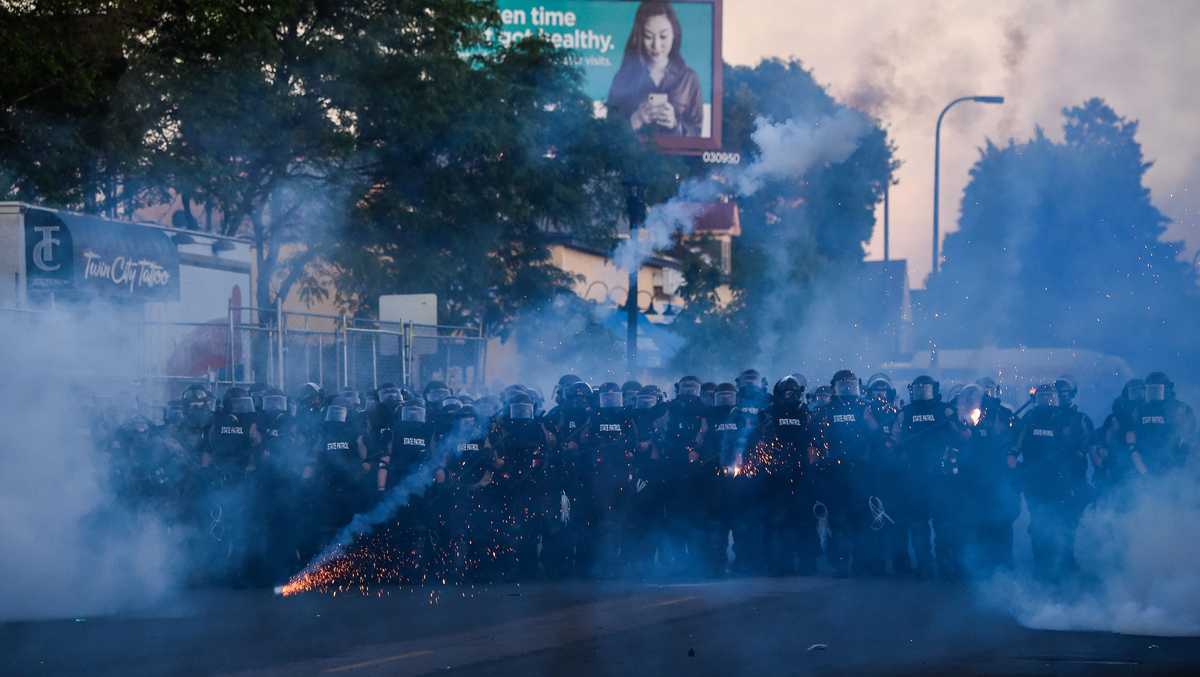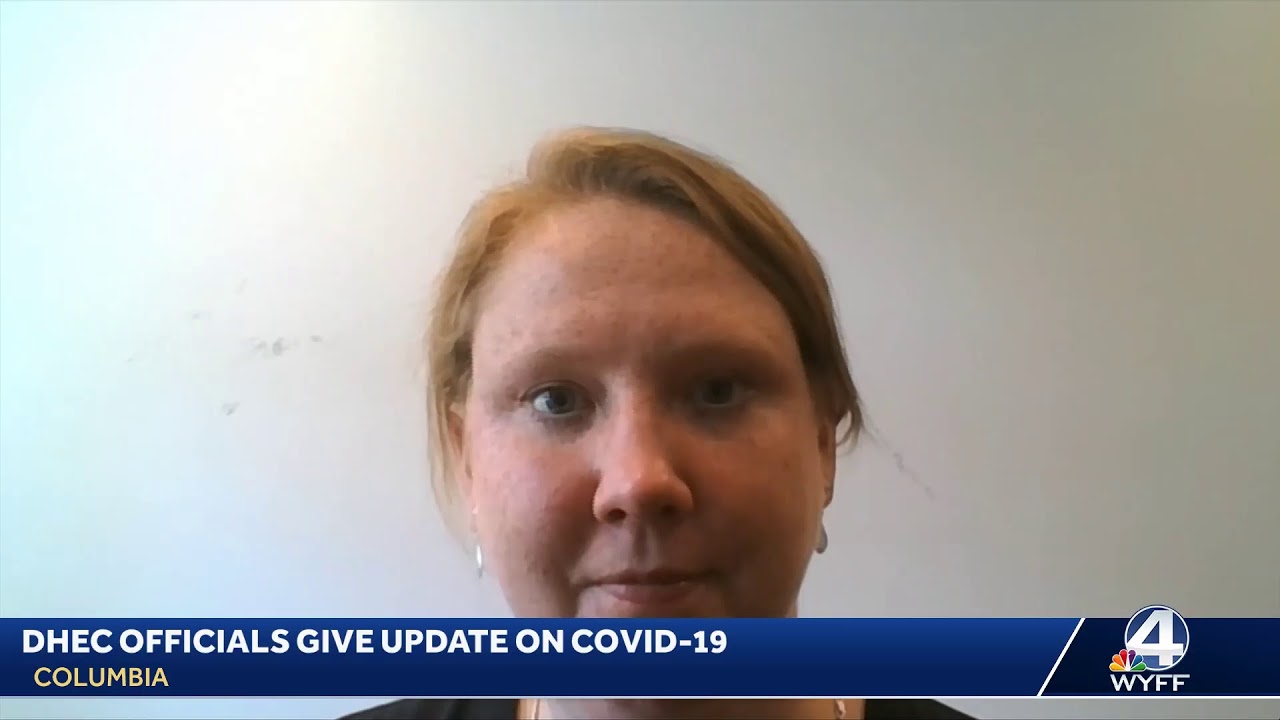
Video may contain offensive images. Viewer discretion is advised.Amid protests that have taken place across the country in recent weeks for police reform and justice for George Floyd, police have used various methods to disperse crowds, which sometimes include rubber bullets.But rubber bullets are not as innocuous as they sound.When 18-year-old Dayshawn McHolder got struck in the jaw by a rubber bullet at a Sacramento protest last month, he thought he had been punched, his cousin told KCRA.Authorities said McHolder was throwing rocks at police officers.”No matter what you say he did, no matter what you thought he did, he didn’t deserve to be shot in his face,” McHolder’s sister told KCRA. “And if it’s not lethal, why not shoot him in his body?”His jaw is broken, and he will not be able to eat solid food for six to eight weeks. According to a 2017 study from BMJ, 3% of people injured by kinetic impact projectiles — which include rubber bullets — died as a result of their injuries, most often when struck in the head or neck.And 15% of people struck had a permanent disability as a result.So-called rubber bullets often have a metal core and can be made of a variety of materials, Kaiser Health News reported. And if struck directly in the eye, they “nearly always cause total blindness,” according to Physicians for Human Rights.Freelance photographer Linda Tirado said she was struck in the eye by a rubber bullet during protests in Minneapolis, which permanently blinded her in her left eye.She tweeted that she’s talked to seven others who have lost an eye during protests, but it’s unclear how many people have been hurt or blinded since protests across the country began. The American Academy of Ophthalmology issued a statement about their use, calling on domestic police to stop using rubber bullets as a way to disperse groups.”While classified as non-lethal, they are not non-blinding,” the organization said in its statement. “These life-altering eye injuries are a common result of urban warfare, rioting and crowd dispersion. We have seen it around the world, and we now see it in the United States.”
Video may contain offensive images. Viewer discretion is advised.
Amid protests that have taken place across the country in recent weeks for police reform and justice for George Floyd, police have used various methods to disperse crowds, which sometimes include rubber bullets.
Advertisement
But rubber bullets are not as innocuous as they sound.
When 18-year-old Dayshawn McHolder got struck in the jaw by a rubber bullet at a Sacramento protest last month, he thought he had been punched, his cousin told KCRA.
Authorities said McHolder was throwing rocks at police officers.
“No matter what you say he did, no matter what you thought he did, he didn’t deserve to be shot in his face,” McHolder’s sister told KCRA. “And if it’s not lethal, why not shoot him in his body?”
His jaw is broken, and he will not be able to eat solid food for six to eight weeks.
According to a 2017 study from BMJ, 3% of people injured by kinetic impact projectiles — which include rubber bullets — died as a result of their injuries, most often when struck in the head or neck.
And 15% of people struck had a permanent disability as a result.
So-called rubber bullets often have a metal core and can be made of a variety of materials, Kaiser Health News reported.
And if struck directly in the eye, they “nearly always cause total blindness,” according to Physicians for Human Rights.
Freelance photographer Linda Tirado said she was struck in the eye by a rubber bullet during protests in Minneapolis, which permanently blinded her in her left eye.
She tweeted that she’s talked to seven others who have lost an eye during protests, but it’s unclear how many people have been hurt or blinded since protests across the country began.
The American Academy of Ophthalmology issued a statement about their use, calling on domestic police to stop using rubber bullets as a way to disperse groups.
“While classified as non-lethal, they are not non-blinding,” the organization said in its statement. “These life-altering eye injuries are a common result of urban warfare, rioting and crowd dispersion. We have seen it around the world, and we now see it in the United States.”










